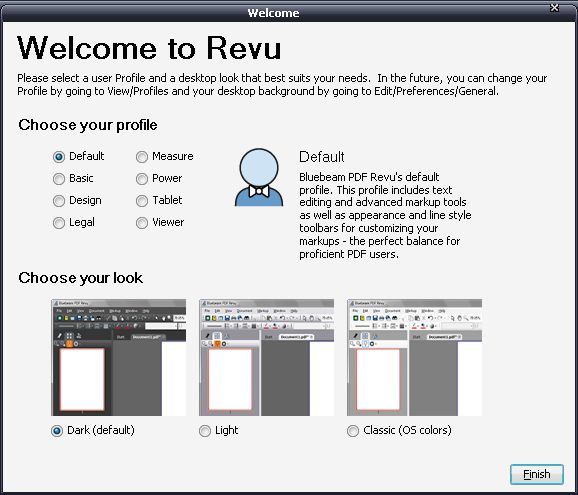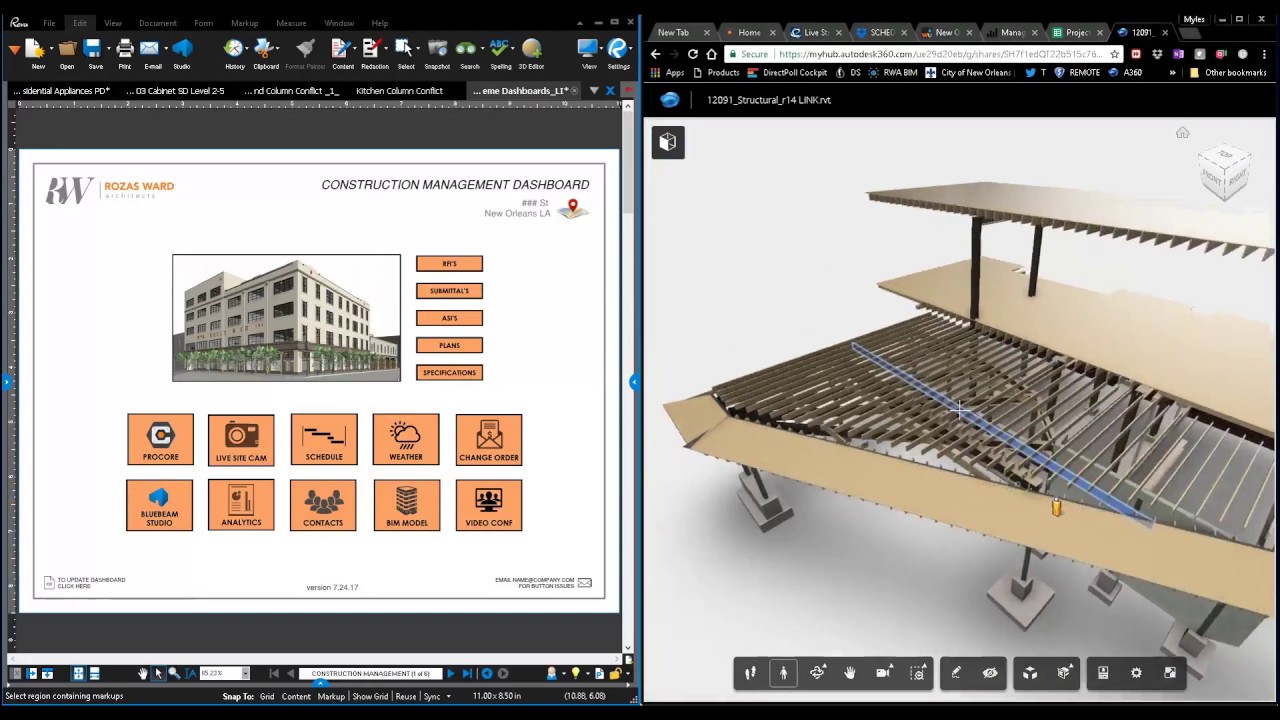

Settings are applied to all images in the category.
#Bluebeam resize pdf full#
Images are broken into four categories according to bit depth ( Full Color, 8-bit Color, Grayscale and Monochrome) and the number of images in a given category is shown below each heading as the Count. Reduction settings are divided among three tabs at the top of the dialog box.

The Reduce File Size Custom Settings dialog box appears. Select a previously saved custom configuration set from the Edit Preset menu and click OK, then proceed to step 4 below.Ĭlick Edit. The leftmost setting has the highest image quality and the lowest amount of compression while the rightmost setting applies the highest amount of compression resulting in the greatest size reduction, though possibly at the expense of image quality. Move the slider bar to the desired setting.Use one of these presets or use customized reduction settings to determine how the selected PDFs will be compressed. Revu comes preloaded with several convenient Presets, pre-configured settings designed to balance document Quality with the amount of Compression. To add all PDFs that are in a folder on a local or network drive, click Add Folder.To select files from a local or network drive, click Add.To add all PDFs that are currently open in Revu, click Add Open Files.Use one or more of the following methods to select PDFs to be reduced in size: Go to File > Batch > Reduce File Size.

To batch reduce the size of multiple PDFs: If a document is not open in Revu, and it is not checked out/locked by another user, changes will be applied and saved to the document automatically (without opening the document in Revu). If a document is open in Revu, any changes resulting from the batch process will be made to the document, but the document will not be saved or checked in (if relevant) the user will need to save and check in the document manually. Use the Dynamic Tool Set Scaler to automatically adjust the size of markups to fit the scale of the drawing or viewport.PDFs do not need to be open in Revu when the batch process is run. At that point the orange square disappears and the markups will work in the normal manner. This signifies that the Dynamic Tool Set Scaler is now active, and you can switch it off by clicking the icon. Once you’ve finished setting the scale, a ruler icon will appear with an orange square around it next to the gear. To do this, click the gear in the upper-right section of a tool set, and select Set Scale. We do have a Dynamic Tool Set Scaler video and help article covering all this in more detail, but once you’ve calibrated your drawing, you’ll need to scale any tool sets you want to use. In fact, if the page contains multiple areas with different scales, the markups will also re-size based on calibration values in the viewports. One of the best things about this feature is that once a tool set has been calibrated, the Scaler will dynamically re-size the markups to match the scale of the calibrated document you’re working on. In the image on the left, you’ll notice the armchair is too big for the room, while in the second screenshot, the Scaler has re-sized the markup in proportion to everything else in the drawing. To show you what this looks like, the following screenshots use the example of an armchair symbol.
#Bluebeam resize pdf how to#
Have you ever added markups to a document that contained different scales or viewports and wondered how to proportionally re-size them? Well, we have some good news! One of the new features implemented in Revu 2015 is the Dynamic Tool Set Scaler, which lets you place correctly scaled markups on your calibrated drawings based on the relationship between the scale of the tool set and the document.


 0 kommentar(er)
0 kommentar(er)
